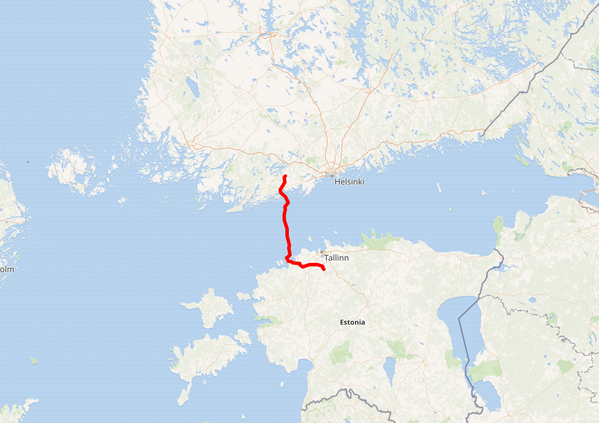
The Balticconnector gas pipeline between Finland and Estonia, which was damaged last month, will get a bigger northbound transmission capacity next year following repairs, Finnish operator Gasgrid said in a statement on Wednesday.
The increase will come from an enhancement of the Latvia-Lithuania interconnection, which allows for higher gas volumes to be transported around the Finnish-Baltic region, it added.
The pipeline will in the future get a base capacity of 70.5 gigawatt hours of gas per day in the direction from Estonia to Finland, up from a previous 65 GWh/day during summer months and 55-60 GWh in winter, Gasgrid said.
The operator has said it expects repairs of the pipeline to be completed no sooner than April next year. The higher volumes could follow soon after.
"The increased capacity can be offered for the market starting from October 2024," Gasgrid said.
Investigators have said they believe damage to the Balticconnector and several subsea telecoms cables in the Baltic Sea was caused by a ship dragging its anchor along the seabed.
Finnish police leading a criminal investigation have named a Chinese ship, the NewNew Polar Bear container carrier, as a suspect in the case but have said it was too early to tell if this was an accident or a deliberate act.
(Reuters - Reporting by Terje Solsvik, editing by Louise Rasmussen)


